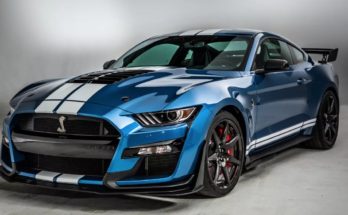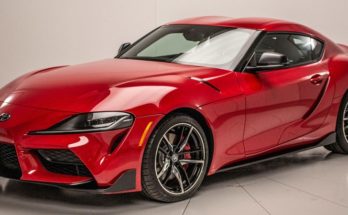My grandpa’s favorite cartoons were the old Looney Tunes, with classic characters like Foghorn Leghorn, Yosemite Sam, Bugs Bunny, Wile E. Coyote, and Road Runner. We were entertained for hours by the antics of these creatures, though I admit, I always felt a little bad for Wile E. Coyote. He tried so hard, and Road Runner just zipped by every time. There was never a moment when Wile E. could have trapped the racing bird. My grandpa was also a car mechanic during the 1960’s and 1970’s, and it wouldn’t surprise me if at some point he worked on a Road Runner and thought about Looney Tunes.
Plymouth made a deal with Warner Bros.-Seven Arts to the tune of $50,000.00 to utilize the characters and iconic “Beep, beep!” noise for this vehicle. The horn alone cost $10,000.00 to develop, but the purpose of the vehicle was not to be a gimmicky tie-in. It was created to be a plain, mid-size car for the audience who wanted a fast car but didn’t want to pay for a lot of bells and whistles, like with the Plymouth GTX.
The vehicle was offered as a two-door pillared coupe, then a hardtop, as well as a convertible. While the exterior and interior may have looked sparse, what the Road Runner lacked in style it made up for in performance, with a specialized V8 engine. The original engine was a unique “Road Runner” engine but later versions were available with a Hemi.
1970 was a big year for the Road Runner, with a re-design and color options made to catch the eye. The Air Grabber even became somewhat showy, exposing a line of shark-like teeth upon activation. Unfortunately, this wasn’t a good year for sales, due to rising insurance charges for muscle and performance cars, and sales fell tremendously.
Even with the advent of a high-performance concept car (The Plymouth Duster I) remake of the Road Runner, it was still doing poorly in sales. The convertible was done away with, and the team went back to basics for the second generation Road Runner. The design was changed up to reflect the current trends in vehicle appearance, and it was afforded a little more luxury than the previous generation. These changes did affect sales, moving from 50% down to 40% up in the early 1970’s.
In 1975, however, things changed once again and the Road Runner was turned from a vehicle body into a design package. With new models cropping up and motor trends moving away from the older muscle car style, there wasn’t much room for the Road Runner to keep moving forward. It did stay an option for Plymouth purchasers for a while longer, ending its run in 1980.
If you’re interested in learning more about Plymouth’s Road Runner, a good place to start would be the Road Runner Wikipedia page. You can also find fan groups in a variety of places online, or take a look at a model at a car show. You might even find one still being driven around, just for old time’s sake.


